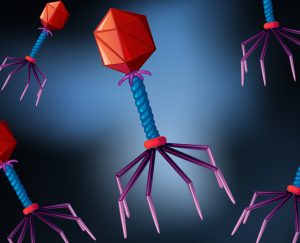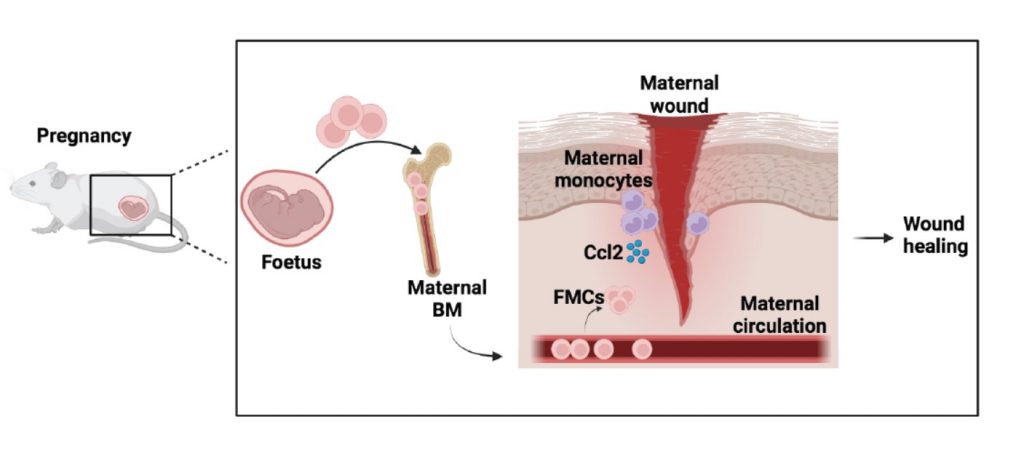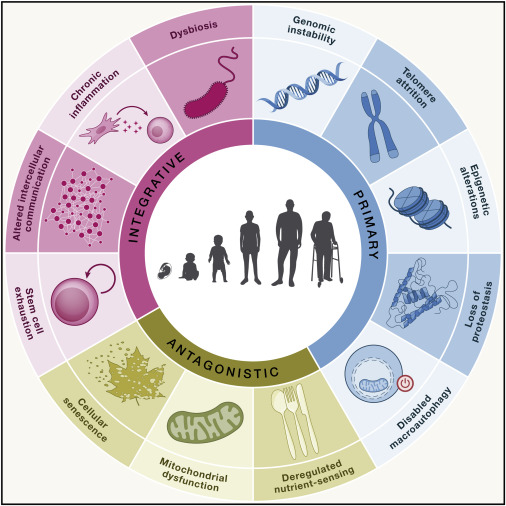
Commensal Staphylococcus epidermidis contributes to skin barrier homeostasis
Previously either regarded as insignificant or feared as potential sources of infection, the bacteria living on our skin are increasingly recognized for their role in benefitting human health. Skin commensals modulate mucosal immune defenses and directly interfere with pathogens; however, their contribution to the skin’s physical integrity is less understood. In their study, published in…





